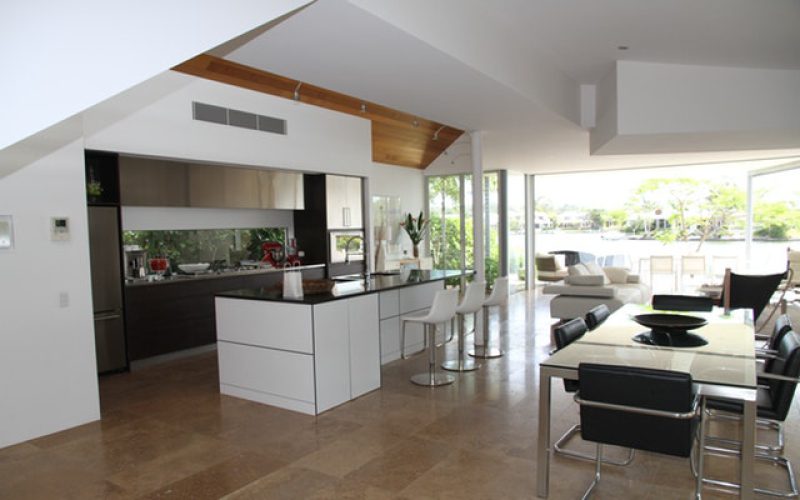Electric Underfloor Heating: How to Install and Tile Over

We get it, it’s a complicated process. With electric underfloor heating, the finished product is really worth it. Although we may not be able to answer all of your questions in a brief article. Here are a few tips on how to install your electric underfloor heating and tile over it. If it is done incorrectly. You run the risk of cracking from heat expansion and wire damage from trowels. Here’s how you can make sure it’s done properly.
The substrate has to be prepared before anything else. It needs to be rigid, sound, clear, and dry. If it is a solid substrate, it only needs to be primed and allowed to dry. If the heating is being installed over a wooden substrate, it needs to be tested to ensure it can handle and support the expected load and probable dynamic load.
Noggins can be added to existing floorboards to increase their strength. Overlaying existing timber boards with primed plywood (18mm thick and screwed every 30mm) or tile backer board will increase rigidity. Chipboards or floorboards need to be screwed to every joist using two screws. Prime all the boards and fill all the joints with silicone sealant to prevent any leakage.
Install the underfloor heating
Install the underfloor heating system as directed and test that it works. Once it has been turned off and allowed to cool, all cables, pipes, and elements that could be damaged during the application of the adhesive should be fully encapsulated. This can be done using a leveling compound up to 50 mm deep (maximum of 10 mm deep for wood substrates) or until all is covered by at least 3 mm. It can then be tiled as normal once dry. Three hours is recommended before any foot traffic on the screed, but this is dependent on the leveling compound you use.
Lay the tiles
Lay the tiles into a bed of the appropriate tile adhesive at least 3 mm thick or 5mm for wood substrates. Joints should be left at least 3 mm wide for grouting. After grouting the joints, a sealant should be used to fill perimeter movement joints. Keep the underfloor heating turned off for at least 5 days to allow the cement to cure and then gradually increase the system’s temperature by no more than 5 degrees Celsius per day.
For traditional sand and cement screeds ensure that the underfloor heating is commissioned before tiling. The screed should be at least 21 days old and then underfloor heating can be increased by 5 degrees Celsius per day until it reaches the max temperature advised. Turn off the heating system and allow it to cool for 24 hours. Maintain the screed and room temperature at 15 degrees Celsius after it has cooled down then tile as normal using the appropriate tiling adhesive.
Screed Warehouse can help you find all the right tools and supplies for your electric underfloor heating installation. Contact us on 0330 118 0952.




